1. Early life and background
Lionel Barrymore's early life was deeply rooted in a prominent theatrical lineage, shaping his upbringing and initial reluctance towards the performing arts.
1.1. Family and childhood
Lionel Barrymore was born Lionel Herbert Blyth on April 28, 1878, in Philadelphia, Pennsylvania. He was the eldest child of two renowned actors, Georgiana Drew Barrymore and Maurice Barrymore (born Herbert Arthur Chamberlayne Blyth). His younger siblings, Ethel Barrymore and John Barrymore, also became celebrated actors, solidifying the family's status as a theatrical dynasty. Lionel was the uncle of John Drew Barrymore and Diana Barrymore, and the great-uncle of Drew Barrymore. His family connections extended further through his first marriage; his wife Doris Rankin's sister, Gladys, was married to Lionel's uncle Sidney Drew, making Gladys both his aunt and sister-in-law.
Barrymore married twice during his life. His first marriage was to actress Doris Rankin, with whom he had two daughters, Ethel Barrymore II and Mary Barrymore. Tragically, neither child survived infancy. The profound loss of his daughters deeply affected Barrymore and strained his marriage to Doris, which ultimately ended in 1922. Years later, he developed a paternal bond with actress Jean Harlow, who was born around the same time as his daughters. Upon Harlow's death in 1937, Barrymore and Clark Gable mourned her as if she were family. His second marriage was to actress Irene Fenwick, who had previously been romantically involved with his brother John.
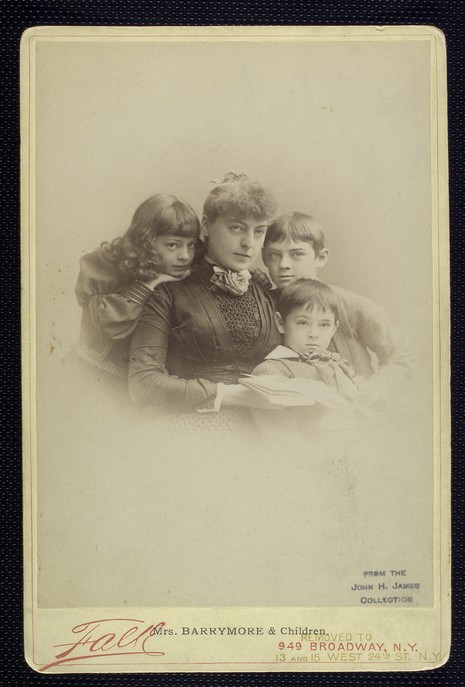
1.2. Education
As a child, Barrymore attended private schools, including the Episcopal Academy in Philadelphia. Although raised a Roman Catholic, he graduated from Seton Hall Preparatory School, a Roman Catholic college preparatory institution, in 1891. He also pursued his artistic inclinations by attending the Art Students League of New York, reflecting his early interest in painting and drawing over acting.
2. Stage career
Despite initial reservations about following in his family's footsteps, Lionel Barrymore established a significant stage career before transitioning to film, earning a reputation as a distinguished dramatic and character actor.
2.1. Early career and influences
Lionel Barrymore initially expressed reluctance to pursue an acting career, stating, "I didn't want to act. I wanted to paint or draw. The theater was not in my blood, I was related to the theater by marriage only; it was merely a kind of in-law of mine I had to live with." However, he made his stage debut at the age of 15, appearing alongside his grandmother, Louisa Lane Drew, in a touring production of The Rivals. Despite his artistic aspirations, he soon found success in character roles and continued to act, all while nurturing his desires to become a painter and compose music.
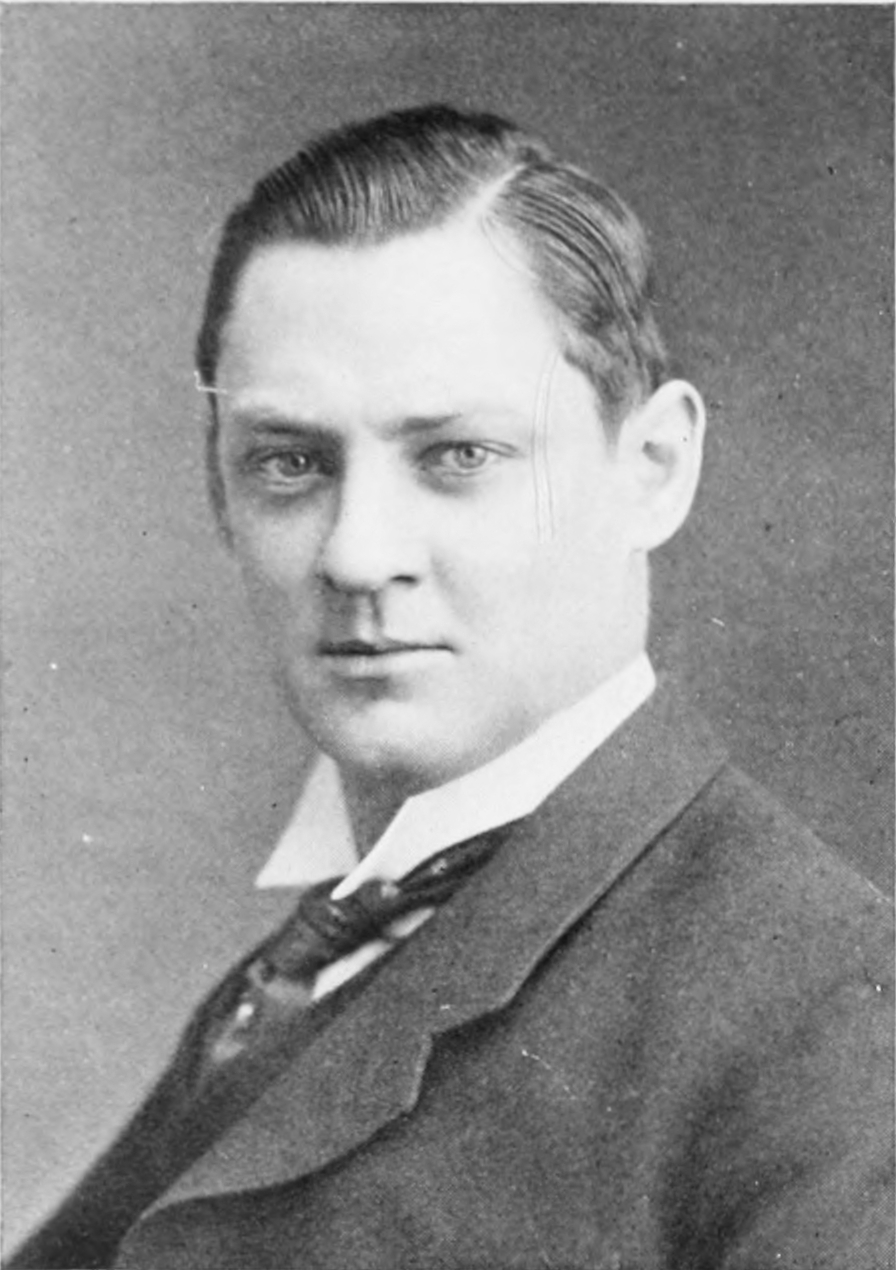
2.2. Broadway success
In his early twenties, Barrymore began performing on Broadway with his uncle, John Drew Jr.. He appeared in plays such as The Second in Command (1901) and The Mummy and the Hummingbird (1902), with the latter earning him critical acclaim. The Other Girl (1903-1904) proved to be a long-running success for him. In 1905, he performed with his siblings, John and Ethel, in a pantomime, starring as the title character in Pantaloon and taking another role in Alice Sit-by-the-Fire.
Following a series of disappointing stage appearances in 1906, Barrymore and his first wife, Doris Rankin, temporarily left their acting careers and moved to Paris, where he dedicated himself to art training. Their first daughter, Ethel, was born in Paris in 1908. Barrymore noted in his autobiography, We Barrymores, that he and Doris were in France when Louis Blériot flew across the English Channel in July 1909. Failing to achieve significant success as a painter, he returned to the United States in 1909. In December of that year, he rejoined the stage in The Fires of Fate in Chicago, but withdrew before its New York opening due to an attack of nerves, with producers citing appendicitis as the reason. Nevertheless, he quickly resumed his Broadway career in The Jail Bird (1910) and several other plays. From 1910, he also joined his family's vaudeville act, appreciating the reduced pressure of memorizing lines.
After a hiatus from the stage between 1912 and 1917 to establish his film career, Barrymore returned to Broadway following World War I. During this period, he solidified his reputation as a dramatic and character actor, often performing alongside his wife. He appeared in Peter Ibbetson (1917) with his brother John and achieved star billing in The Copperhead (1918), where he co-starred with Doris. He maintained star billing for the next six years in productions like The Jest (1919), again with John, and The Letter of the Law (1920). His performance as Macbeth in 1921, opposite veteran actress Julia Arthur as Lady Macbeth, received strong negative criticism. His final significant stage success was in Laugh, Clown, Laugh (1923), performed with his second wife, Irene Fenwick. They had met while acting together in The Claw the previous year, and their romance led to his divorce from Doris Rankin. Barrymore also received negative reviews for three consecutive productions in 1925.
2.3. Transition to film
After appearing in Man or Devil in 1926, Lionel Barrymore signed an unusual 25-year film contract with Metro-Goldwyn-Mayer (MGM), which included a clause allowing him to direct. With the advent of sound films in 1927, he permanently transitioned away from the stage, never appearing on it again. This shift marked a new chapter in his career, where his stage experience proved invaluable for the demands of the emerging sound era in cinema.
3. Film career
Lionel Barrymore's film career was extensive and highly successful, spanning the silent era to the sound era, where he excelled as both an actor and, for a period, a director.
3.1. Early film work and silent era
Barrymore began his involvement with filmmaking in 1909, joining Biograph Studios. By 1911, he was appearing in leading roles in films directed by D. W. Griffith, including The Battle (1911), The New York Hat (1912), Friends, and Three Friends (1913). In 1915, he co-starred with the legendary Lillian Russell in Wildfire, one of Russell's rare film appearances. Beyond acting, Barrymore also contributed to writing and directing at Biograph. His last silent film as a director was Life's Whirlpool (1917) for Metro Pictures, which starred his sister Ethel. He acted in over 60 silent films under Griffith's direction.
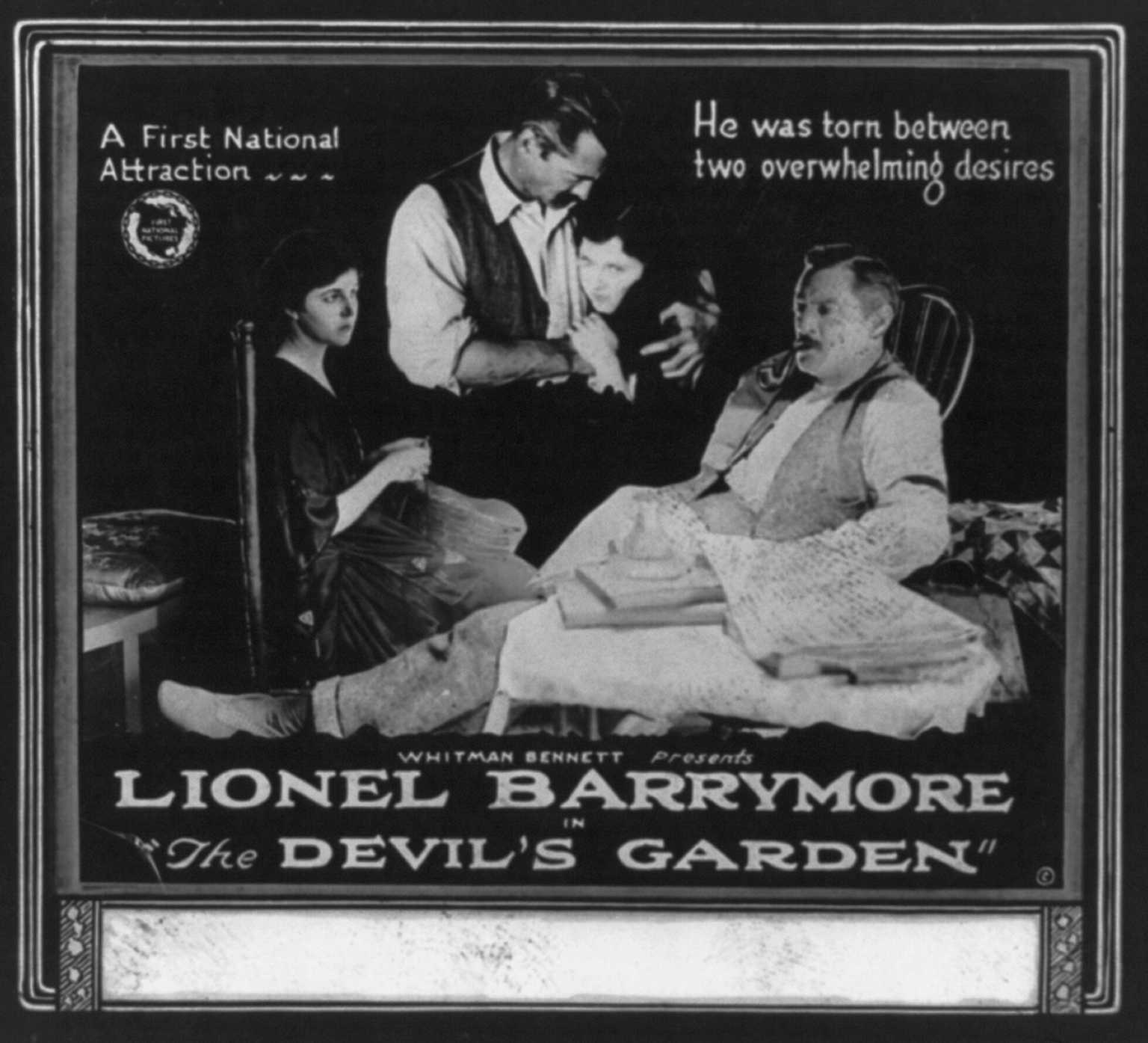
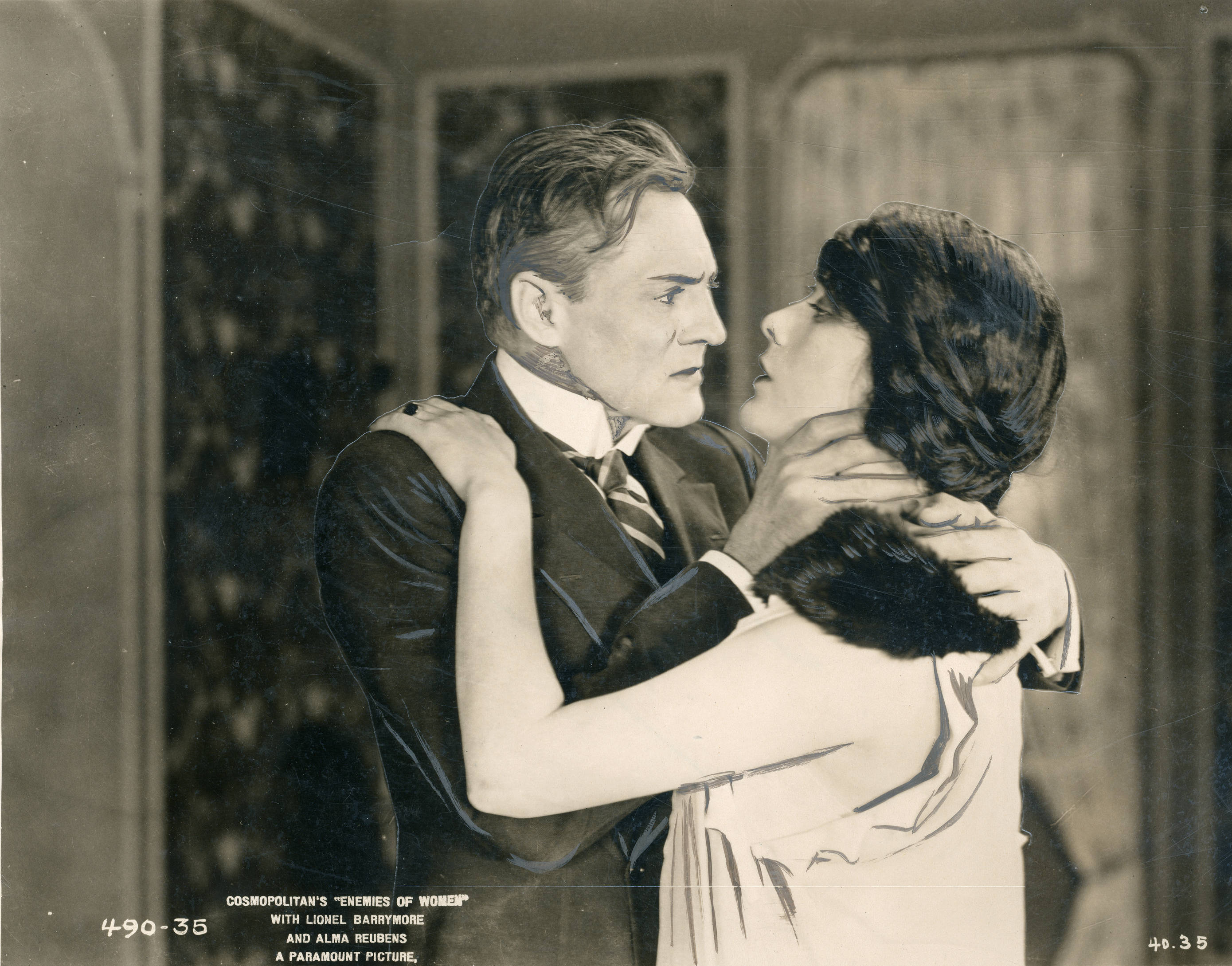
In 1920, Barrymore reprised his stage role in the film adaptation of The Copperhead. That same year, he took on the lead role in The Master Mind, co-starring Gypsy O'Brien. Before the formation of Metro-Goldwyn-Mayer in 1924, Barrymore established a strong working relationship with Louis B. Mayer at Metro Pictures. He made several silent features for Metro, although some of these films are now lost. In 1923, Barrymore and Irene Fenwick traveled to Italy to film The Eternal City for Metro Pictures in Rome, combining their work with their honeymoon. He also occasionally freelanced, returning to Griffith in 1924 to film America. In 1925, he relocated from New York to Hollywood.
3.2. Transition to sound and major roles
Prior to his marriage to Irene Fenwick, Lionel Barrymore and his brother John had a dispute regarding Irene's past relationship with John. The brothers did not speak for two years and were not seen together until the premiere of John's film Don Juan in 1926, by which time they had reconciled. Barrymore signed a contract with Metro-Goldwyn-Mayer in 1926, and his first film with the studio was The Barrier. His first talking picture was The Lion and the Mouse; his extensive stage experience allowed him to excel in delivering dialogue in the new sound films.
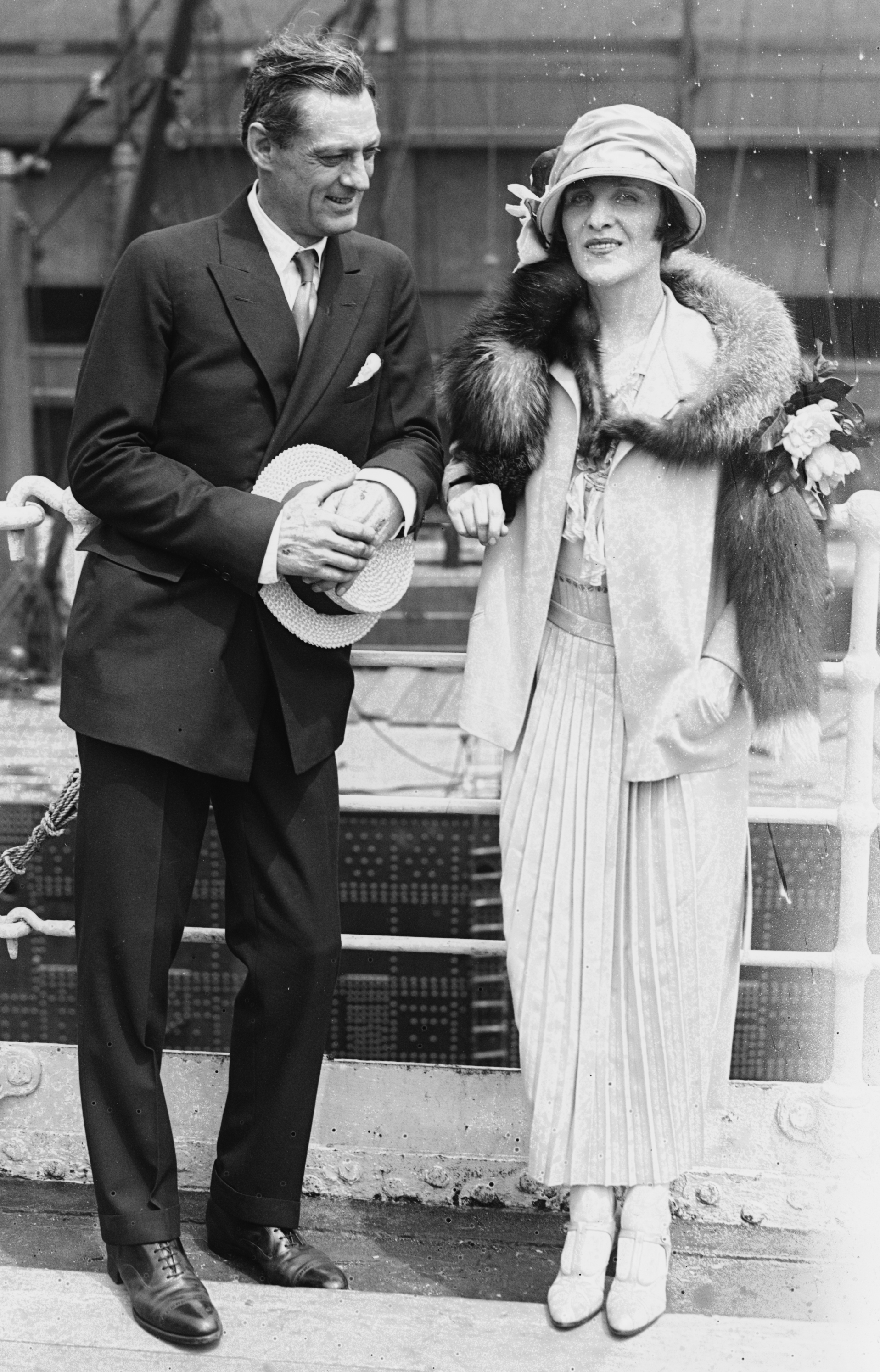
On occasional loan-outs, Barrymore achieved significant success with Gloria Swanson in 1928's Sadie Thompson and in Griffith's Drums of Love. In 1929, he returned to directing films. During this early and still developing period of sound cinema, he directed the controversial His Glorious Night, starring John Gilbert; Madame X, featuring Ruth Chatterton; and The Rogue Song, which was Laurel and Hardy's first color film. He is credited with being the first director to move a microphone on a sound stage, demonstrating his innovative approach to the new technology.
Barrymore returned to acting in front of the camera in 1931. The following year, he won an Academy Award for his role as an alcoholic lawyer in A Free Soul (1931), an achievement that came after he was considered for Best Director for Madame X in 1930. He showcased his versatility by playing alongside Greta Garbo in the 1931 film Mata Hari. He masterfully embodied diverse characters, such as the malevolent Rasputin in the 1932 film Rasputin and the Empress, which marked the only time he co-starred with both his siblings, John and Ethel. He also played the ailing Oliver Jordan in Dinner at Eight (1933), also featuring John, though they shared no scenes. In the classic horror film Mark of the Vampire (1935), he portrayed Professor Zelen, an expert in the occult.
On April 27, 1939, Louis B. Mayer hosted a 61st birthday party for Barrymore (the day before his actual birthday), which was broadcast live on Good News of 1939. All MGM employees were required to attend, a move likely intended to divert attention from and prevent MGM staff from attending the premiere of Confessions of a Nazi Spy, which occurred simultaneously. That film was highly controversial due to its strong anti-Nazi message.
3.3. Later career and iconic roles
During the 1930s and 1940s, Barrymore often became typecast as a grouchy yet ultimately sweet elderly man. He appeared in numerous films embodying this persona, including The Mysterious Island (1929), Grand Hotel (1932, with John Barrymore), The Little Colonel (1935, with Shirley Temple and Bill "Bojangles" Robinson), Captains Courageous (1937), Saratoga (1937, with Jean Harlow), You Can't Take It with You (1938), On Borrowed Time (1939, with Cedric Hardwicke), Duel in the Sun (1946), Three Wise Fools (1946), and Key Largo (1948).
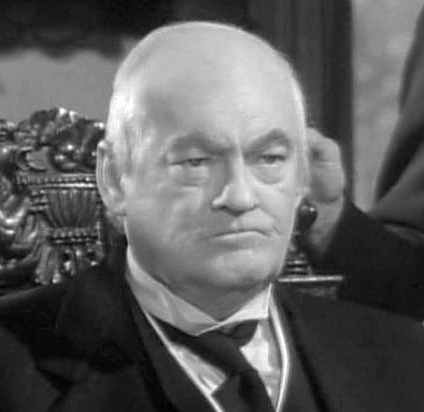
He became particularly well-known for his portrayal of the irascible Dr. Gillespie in a series of Doctor Kildare movies during the 1930s and 1940s. He reprised this role in an MGM radio series that premiered in New York in 1950 and was later syndicated. Due to a hip injury and later worsening arthritis, Barrymore often played Dr. Gillespie from a wheelchair, a physical limitation that became integrated into the character. This injury also prevented him from playing Ebenezer Scrooge in the 1938 MGM film version of A Christmas Carol, a role he famously performed annually on radio from 1934 through 1953, with the exception of 1936 (when John Barrymore filled in) and 1938 (when Orson Welles took over). He also played the title role in the 1940s radio series Mayor of the Town. In his later years, he refused television activities, focusing solely on radio appearances.
One of his most enduring and iconic roles is that of Mr. Potter, the miserly and mean-spirited banker, in Frank Capra's 1946 film It's a Wonderful Life, where he starred opposite James Stewart. His final film appearance was a cameo in Main Street to Broadway, an MGM musical comedy released in 1953, which also featured his sister Ethel. In 1952, he appeared with Clark Gable in Lone Star.
3.4. Directing
Lionel Barrymore's directorial career primarily took place during the early sound era. He directed several films, including the controversial His Glorious Night (1929) starring John Gilbert, Madame X (1929) with Ruth Chatterton, and The Rogue Song (1930), which was the first color film for Laurel and Hardy. For his work on Madame X, he received an Academy Award for Best Director nomination. Barrymore is also credited with being the first director to move a microphone on a sound stage, a significant innovation in the nascent sound film industry. Despite these efforts, he did not achieve sustained success as a director and ultimately shifted his focus back to acting by 1931, where he found greater acclaim.
4. Radio career
Lionel Barrymore made significant contributions to radio, becoming a familiar voice to millions of listeners. He was particularly known for his annual portrayal of Ebenezer Scrooge in radio broadcasts of A Christmas Carol, a role he performed from 1934 through 1953, with only two exceptions (in 1936, his brother John Barrymore stepped in, and in 1938, Orson Welles took the role). His distinctive voice and dramatic presence made these broadcasts a cherished holiday tradition.
He also famously played the irascible Dr. Leonard Gillespie in the Dr. Kildare radio series titled The Story of Dr. Kildare, which debuted in New York in 1950 and was later syndicated. This role mirrored his successful portrayal of the character in the MGM film series. Additionally, Barrymore starred in the 1940s radio series Mayor of the Town, for which he also composed the theme song. His extensive stage experience proved invaluable for the demands of radio acting, allowing him to convey emotion and character solely through voice.
5. Composer, artist, and writer
Beyond his celebrated acting career, Lionel Barrymore possessed a wide range of artistic talents, including composing music, creating visual art, and writing.
Barrymore was a gifted composer. His musical works ranged from solo piano pieces to large-scale orchestral compositions. One notable orchestral work, "Tableau Russe," was featured twice in the 1941 film Dr. Kildare's Wedding Day, first as a piano performance by Nils Asther's character and later by a full symphony orchestra. His piano compositions, "Scherzo Grotesque" and "Song Without Words", were published by G. Schirmer in 1945. Following the death of his brother John in 1942, he composed "In Memoriam," a work that was performed by the Philadelphia Orchestra. His orchestral Partita also received multiple performances. Additionally, he composed the theme song for the radio program Mayor of the Town.
Having attended art school in New York and Paris, Barrymore was a skillful illustrator, creating numerous etchings and drawings. He was a member of the Society of American Graphic Artists, formerly known as the Society of American Etchers. For many years, he maintained an artist's shop and studio adjacent to his home in Los Angeles. Some of his etchings were recognized and included in the prestigious Hundred Prints of the Year exhibition.
Barrymore also ventured into writing, publishing a historical novel titled Mr. Cantonwine: A Moral Tale in 1953. In addition to these artistic pursuits, he was an avid horticulturalist, known for cultivating roses on his Chatsworth Ranch.

6. Personal life
Lionel Barrymore's personal life was marked by both deep familial connections and profound personal loss. He was married twice, first to actress Doris Rankin and later to actress Irene Fenwick. His marriage to Doris Rankin produced two daughters, Ethel Barrymore II and Mary Barrymore, both of whom tragically died in infancy. This immense loss significantly impacted Barrymore and contributed to the strain on his marriage with Doris, which ended in divorce in 1922.
His second marriage to Irene Fenwick, a one-time lover of his brother John, caused a temporary rift between the Barrymore brothers. They reconciled in 1926, two years after their dispute. Barrymore developed a strong, fatherly affection for actress Jean Harlow, who was born around the same time as his own daughters. When Harlow passed away in 1937, Barrymore and Clark Gable mourned her deeply, as if she were a member of their own family.
7. Politics
Lionel Barrymore was a staunch Republican. His political views were notably conservative, including a strong aversion to the income tax. By the time he was starring in the radio program Mayor of the Town, MGM would withhold a significant portion of his paychecks to directly pay his tax obligations to the IRS.
In 1944, Barrymore attended a large political rally organized by David O. Selznick at the Los Angeles Memorial Coliseum. This event, which drew an estimated 93,000 attendees, was held in support of the Dewey-Bricker presidential ticket and California Governor Earl Warren. Cecil B. DeMille served as the master of ceremonies, and the rally featured short speeches by figures such as Hedda Hopper and Walt Disney. Other notable attendees included Ann Sothern, Ginger Rogers, Randolph Scott, Adolphe Menjou, Gary Cooper, Edward Arnold, William Bendix, and Walter Pidgeon.
Despite his age and increasing disability, Barrymore registered for the draft during World War II as a symbolic gesture to encourage others to enlist in the military. This act underscored his public support for the war effort, aligning with his conservative and patriotic stance.
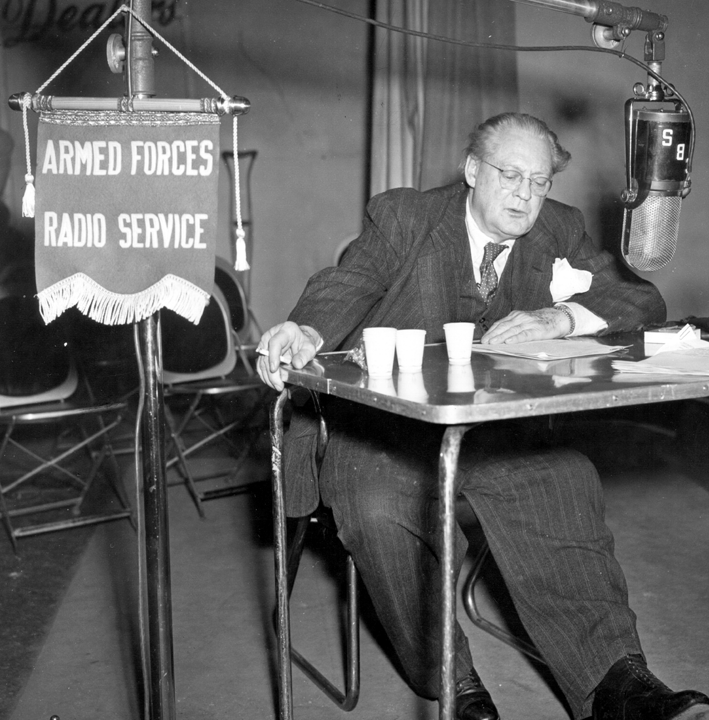
8. Health issues and disability
Lionel Barrymore faced significant health challenges throughout his later life, which profoundly impacted his career and mobility. He suffered from severe arthritis, which some sources indicate became serious as early as 1928, causing him to limp by 1931. By 1929, it was reportedly known that Barrymore was addicted to morphine to manage the pain from his arthritis. However, other accounts suggest that while arthritis was present, it was not initially debilitating enough to confine him to a wheelchair. For instance, when he accepted his Best Actor Oscar in 1931, his arthritis only caused a slight limp. He was seen performing physically demanding roles in late silent films like The Thirteenth Hour and West of Zanzibar, where he climbed out of a window.
His inability to walk was primarily attributed to two severe accidents. In 1936, a drawing table reportedly fell on him, breaking his hip. The following year, in 1937, while filming Saratoga, he tripped over a cable on set and broke his hip again. Some accounts also state he broke his kneecap. The pain from these injuries was so intense that, according to Barrymore himself, Louis B. Mayer reportedly purchased 400 USD worth of cocaine daily to help him cope and sleep. The hip fracture never fully healed, making walking exceptionally difficult.
The combination of these severe hip injuries and his worsening arthritis eventually confined him to a wheelchair. His performance in Captains Courageous in 1937 was one of the last times he was seen standing and walking unassisted on screen. After the second hip break, Barrymore could briefly use crutches despite being in great pain. During the filming of You Can't Take It with You in 1938, the pain from standing with crutches was so severe that he required hourly injections of painkillers. By 1938, his disability forced him to relinquish his iconic radio role of Ebenezer Scrooge in the MGM film adaptation of A Christmas Carol to British actor Reginald Owen. From that point onward, Barrymore used a wheelchair exclusively and never walked again, though he was able to stand for short periods, such as at his brother John's funeral in 1942.
While some biographers suggested his arthritis was caused by syphilis contracted in 1925, this hypothesis has been explicitly rejected by others. Regardless of the underlying cause, his physical challenges became a defining aspect of his later career, with many of his subsequent roles incorporating his use of a wheelchair.
9. Death
Lionel Barrymore died on November 15, 1954, at the age of 76, from a heart attack in the Van Nuys neighborhood of Los Angeles. He was laid to rest in the Calvary Cemetery in East Los Angeles.
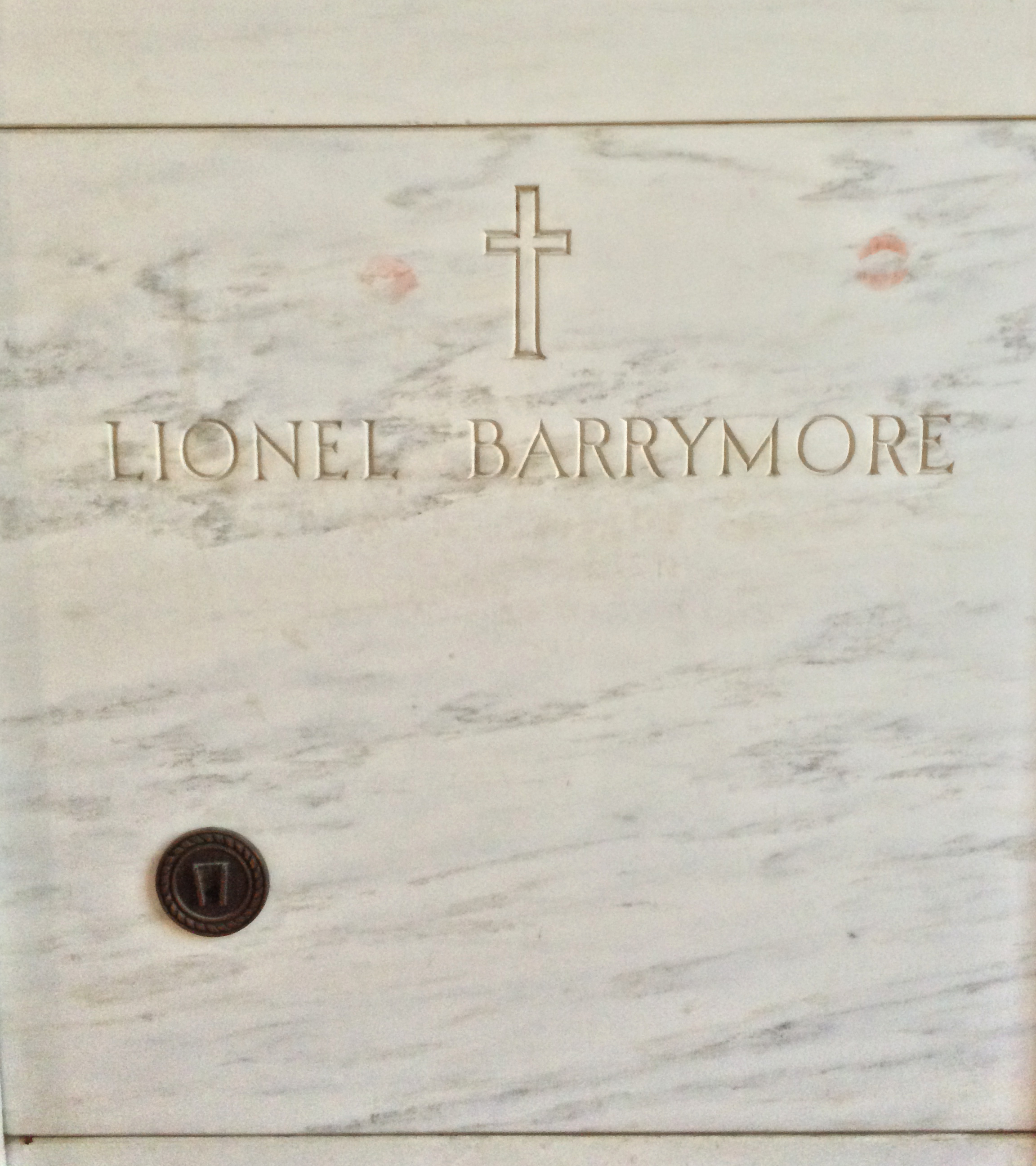
10. Legacy and honors
Lionel Barrymore's extensive career and versatile talents left a lasting impact on the entertainment industry, earning him numerous accolades and enduring recognition.
10.1. Awards and nominations
Lionel Barrymore won an Academy Award for Best Actor for his performance in the 1931 film A Free Soul, where he portrayed an alcoholic lawyer. Prior to this, he had also received an Academy Award for Best Director nomination in 1930 for his work on the film Madame X.
10.2. Tributes and recognition
In 1960, Lionel Barrymore was posthumously honored with two stars on the Hollywood Walk of Fame. One star, recognizing his contributions to motion pictures, is located at 1724 Vine Street. The other, for his work in radio, is situated at 1651 Vine Street. He was also inducted into the American Theater Hall of Fame, alongside his distinguished siblings, Ethel Barrymore and John Barrymore, acknowledging the family's profound influence on American theater.